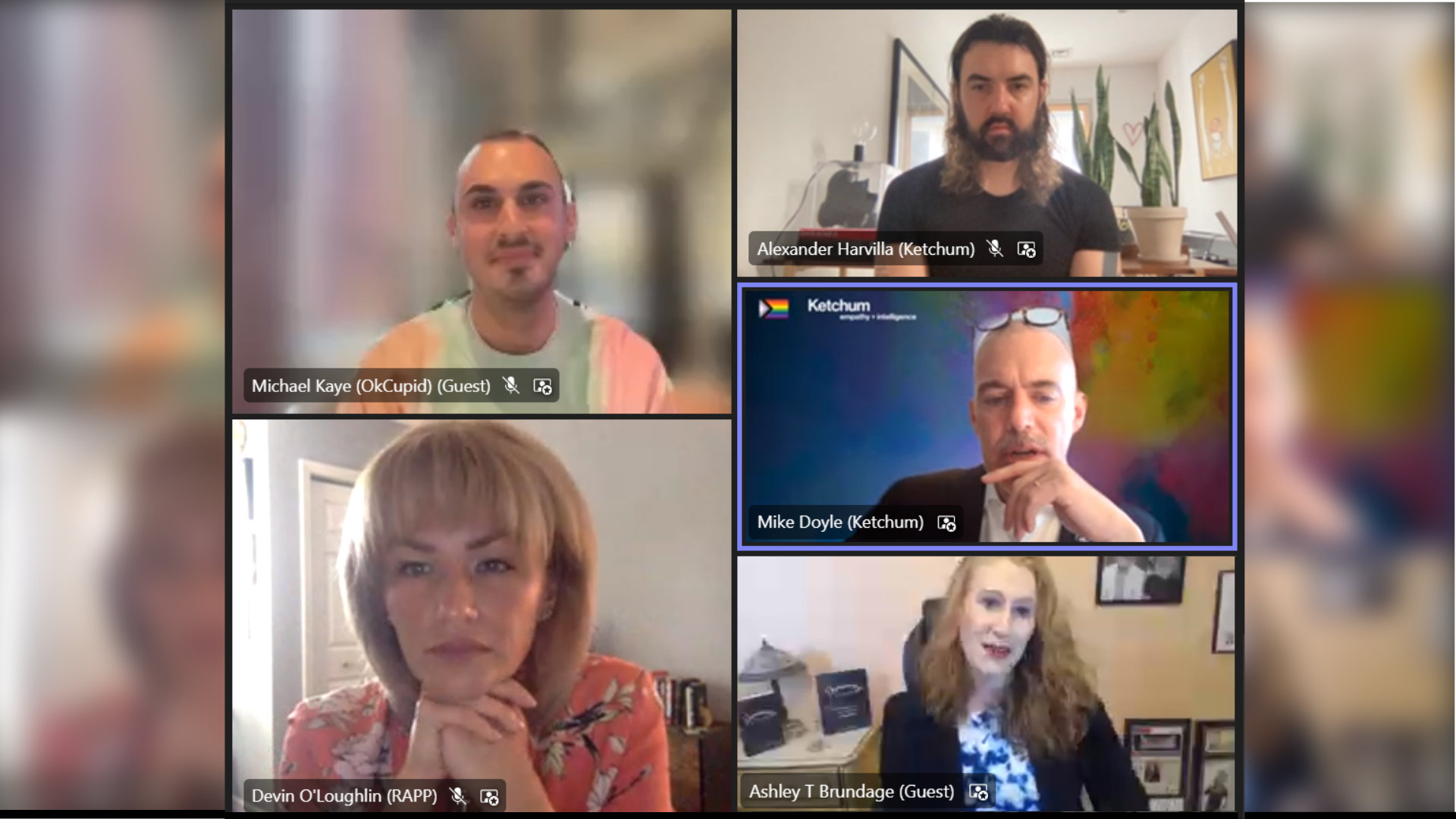Black History Month is a chance to celebrate Black achievement, provide a fresh reminder to take stock of where systemic racism persists and give visibility to the people and organizations creating change. Every year a theme is selected. This year’s Black History Month theme is Black Health and Wellness. The theme reflects the urgency and focus being put on Black health from the pandemic. Here three Ketchum leaders discuss the intersectionality of health equity, environmental justice and food sustainability and how brands can help advance these three areas both within their organization and for society at large.

 Health Equity
Health Equity
Valarie Clark, MPA, SVP Health Equity
The pandemic put public health and health equity front and center, and everyone is taking notice. Throughout the pandemic, data from the Centers for Disease Control and Prevention (CDC) has continually shown that Black Americans have been as much as three times as likely to become infected by the coronavirus as white Americans. But what is health equity? It’s when we can ALL enjoy a fair and just opportunity to be as healthy as possible. Our health is impacted by our environment: where we live, work, play and worship and what we eat – do we have access? Can we afford fresh fruits and vegetables? More and more corporations are making equity and health equity a business imperative, as their reputation and financial performance depends on their ability to prioritize equity and prove measurable impact. Every sector is seeking guidance and counsel around health. It’s our job to help them through the health equity journey. Here at Ketchum we are focused on fostering deeper partnerships that link public health efforts with specific health outcomes and metrics, and helping clients drive organizational transformation.
Takeaway: First, look within. Corporations serious about making a difference must honestly assess their own organization. Are their mission, purpose and vision statements and corporate social responsibility efforts consistent and aligned? How will efforts be measured? What does health equity success look like? Tracking accountability allows a recognition of progress.
 Environmental Justice
Environmental Justice
Jillian Semaan, VP Sustainability
We as a collective need to address environmental justice to achieve health equity. Race is the strongest indicator of health risks and children are particularly vulnerable due to their interactions with the environment and communities of color have been disproportionately affected by climate change. From not having clean water to inadequate access to healthy food to pollution, the problems facing Black communities are vast. Studies have shown that Black people are 75% more likely to live near oil and gas refineries, and Black Americans face higher risks of premature death from power plant pollution. Achieving health equity requires assessment of cumulative environmental health burdens within a social determinants of health framework to address environmental justice as a structural public health issue. We cannot live in an environmentally sustainable world if we are not inclusive and are not addressing the root cause.
Let’s think about sustainability a little differently. Let’s bring environmental justice to the forefront and DEI to the center of our work. From identifying partnerships with HBCUs (Historically Black Colleges and Universities), HSIs (Hispanic Serving Institutions), and TCUs (Tribal Colleges and Universities) to working with non-profits, we have the expertise to bridge gaps and build relationships, finding unique opportunities. This is work that is intentional and purposeful and with our counsel there is an opportunity to allow companies to be part of the solution.
Takeaway: Dig a little deeper. Everyone is on their own journey, but at the end of the day sustainability improves the quality of our lives, it protects our ecosystems and it addresses public health, setting up future generations for success. So when we think about sustainability, we need to center ourselves around Diversity, Equity and Inclusion and think about how we can create a more equitable future for everyone.
 Food Sustainability
Food Sustainability
Dylan Bailey, MS, RD, FAND, Senior Nutrition Specialist
Let’s start with what sustainable diets and food systems need to be and how that is related to dietary equity. Sustainable diets need to be nutrient-dense, socially acceptable, affordable and have a low impact overall on the environment. On the other hand, sustainable food systems need to be economically possible, fit into current social systems, and make good use of both human and natural resources. When everyone has access to a nutritious, affordable, and culturally acceptable diet, that’s when dietary equity is possible.
Dietary inequity is driven by a lack of access to food that helps meet energy and nutrient needs, is available, affordable and fits within a person’s cultural foodways. According to Feeding America eight of the ten U.S. counties with the highest food insecurity rates in the nation are at least 60% Black, and one in every four Black American children is affected by hunger. In 2019, 19% of Black households were food insecure—more than twice the rate for white households.
Leading researchers from around the globe are taking to try and map out what exactly a sustainable diet or food system that’s good for everyone looks like, to help address these inequities that exist within America and around the globe. They’ve come up with four domains to describe sustainable food systems – nutrition and health, economics, society and the environment. Now, when we think about a diet or food system being sustainable, we often think in terms of the links between the nutrients in a food, health benefits of an eating pattern, and their environmental impact.
That’s also true of most sustainability-related dietary guidelines, as they build recommendations around the nutrition and health, and environmental domains. But the social and economic components of healthy diets and sustainable food systems continue to fall by the wayside.
Takeaway: Think about this. The next time sustainability, nutrition, health and dietary equity come up in discussion, ask yourself these questions:
- If a food has a great environmental impact profile but is not easily accessible or affordable – can it be sustainable?
- If a food is nutrient-dense but does not fit into the foodways of a particular culture – can it be considered sustainable for that culture? Is there a culturally-appropriate alternative food that exists?
- If sustainability-related dietary guidelines do not consider the four domains of sustainable nutrition – can we realistically expect people to follow them at all or over the long term? Will they contribute to dietary equity?
Taking on any of these efforts requires long-term commitments and investments. To learn more about how Ketchum is counseling clients in health equity, environmental justice, and food sustainability and how we can help you, get in touch with our team.



